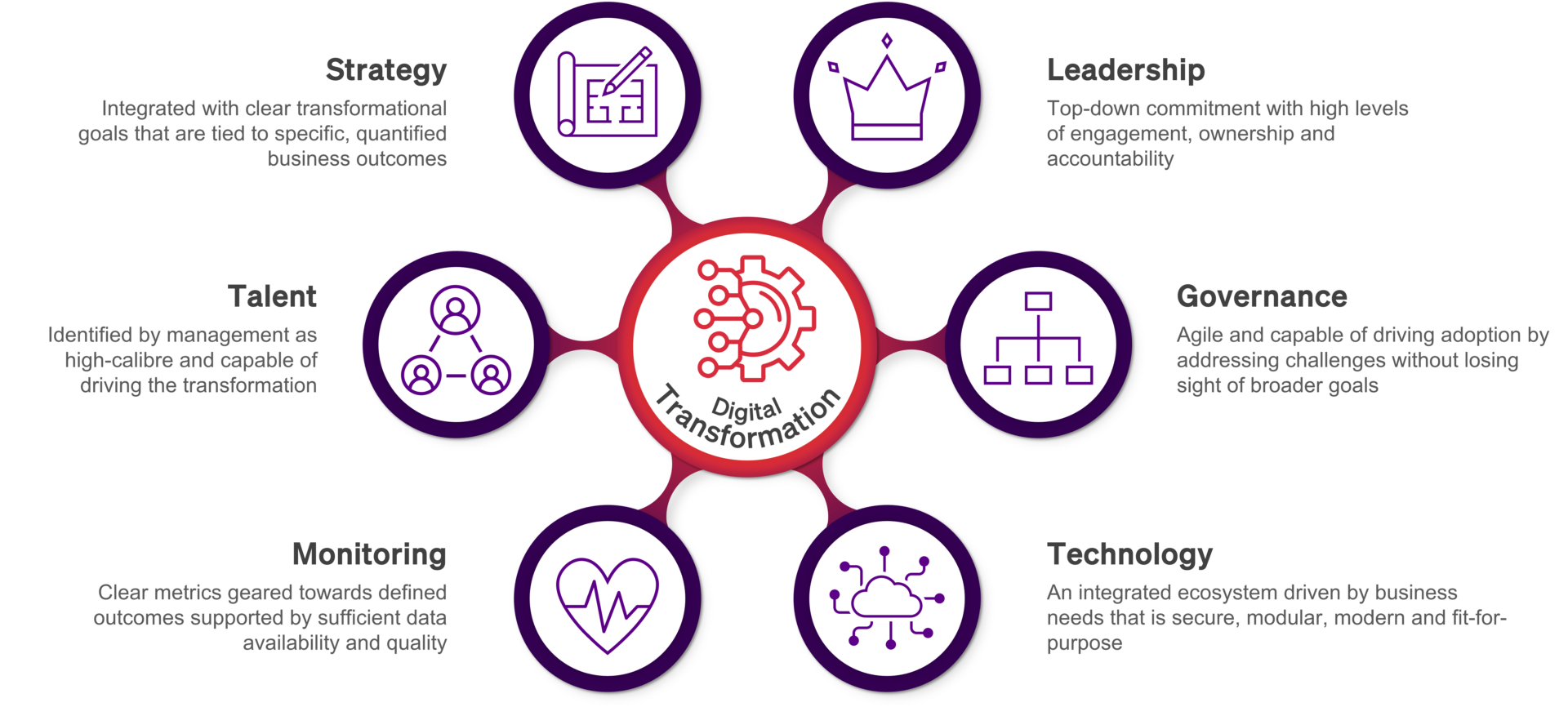

The COVID-19 pandemic has drastically altered the higher education landscape and accelerated trends that were already occurring in the Australian higher education sector. In particular, the rapid transition to blended and online program delivery has forced university academics, for whom technological skills have long been considered a barrier to digital transformation (1), to embark on a steep technological learning curve. This transition has placed significant stress on the higher education sector, as universities are forced to reassess their infrastructure requirements and business models to retain enrolment and funding while delivering their core services.
Emerging trends within the sector even suggest permanent changes to face-to-face lecturing models as universities find options adopted during the pandemic are well suited for delivering learning objectives. Findings in the Australasian Council on Open Distance and eLearning (ACODE) July 2021 Whitepaper indicated that institutions are heavily invested in centrally funded tools such as Learning Management Systems (LMS), Zoom and Microsoft Teams. While many of these tools were deemed underutilised, the primary business drivers for their adoption were identified as cost-efficiency, integration, modernisation and reliability.
Hybrid-flexible, or HyFlex, approaches combine on-site and online learning both synchronously and asynchronously to allow students to choose how they participate. In addition to demonstrating a commitment to student success, the added flexibility also enables institutions to maintain operations during a disruption.
All university programs occupy a position on the HyFlex spectrum.

Image adapted from Eucalyp from Noun Project.
Technologically, hybrid classes only require basic audio-visual recordings and a mechanism to provide that media to students. Comparatively, HyFlex classes can typically have more comprehensive hardware and software solutions, such as motion-tracking cameras, live broadcasting, and automatic uploads to an LMS. While all university programs occupy a position on the HyFlex spectrum, most are situated between the two positions, trending towards the HyFlex approach (2).
The Australian Government TEQSA Forward impact of COVID-19 report highlighted the accelerating uptake of service arrangements with external companies for digital delivery. The rapid growth of the online program manager and online content development market has enabled universities to operationalise new online course offerings at scale in a time and cost-efficient manner. However, despite these benefits, the overuse of broadly similar online services places the tertiary education sector at risk of reducing the genuine choice between options for students.
Within universities, the rapid pace of this transformation has placed significant pressures on IT departments to enable and support the underpinning technological infrastructure requirements. Current estimates suggest that only 30% of transformations meet or exceed their target value (3). In particular, effective digital transformation in the higher education sector can be inhibited by a range of barriers (4) that include;
Institutions within the higher education sector can attempt to mitigate the risks that these barriers pose to successful digital transformation by considering six factors (3);

While all six factors need to be addressed by management in the planning, preparation, and execution process to maximise the potential for success, it is important to note that they are collectively supported by a high level of engagement. IT departments are boundary-spanning and need to make concerted efforts to engage with the broader business, particularly within settings such as universities where individual departments can tend to exist in isolation. Successful engagement with both internal and external stakeholders has the potential to reveal opportunities for delivering greater value to the business, while also elevating the perception of IT from a ‘keep-the-lights-on‘ service to a leader and collaborative partner.
The higher education sector is not immune to students’ high expectations and digital service preferences. Institutions need to actively embrace digital transformation to ensure that their operations are efficient and cost-effective, whilst delivering the best student experiences possible.
What do you think are some of the best strategies to handle the rising demands of digital transformation? Are there technological advancements just over the horizon that the tertiary education sector should be aware of?
If you enjoyed this article you may also like to read Dr, Piyasena’s case study: A case study in tertiary education digital transformation.

Dr. Thisun Piyasena is a Senior Consultant at Escient, a business and digital consulting firm dedicated to building relationships, solving problems and helping organisations shape their future. He prefers to leverage his analytical background to make objective and data-driven decisions, discover new opportunities, and help organisations realise their strategic intent.